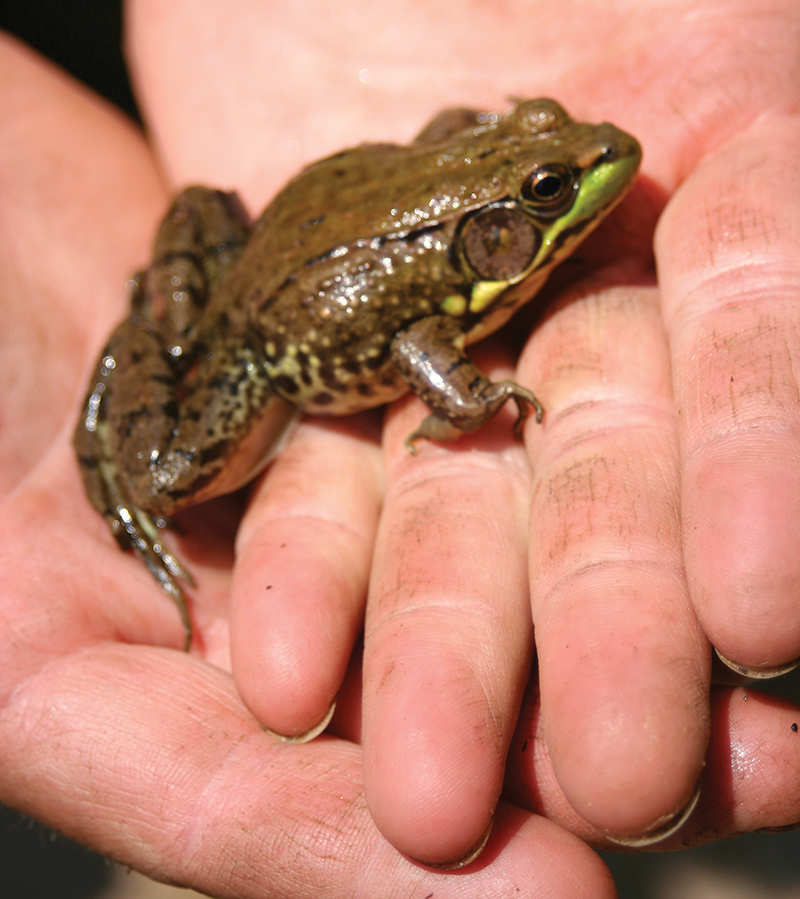
There’s a special time every year when the phones at Liquid Landscapes start ringing with callers who all have the same question.
People are noticing something different happening in their ponds. No, it’s not pea-green soup water or the telltale signs of visits from predators. This change is on a far smaller scale: Tiny eggs are beginning to appear! And while the callers’ ponds are all different, the answer on our end is always the same: “It’s frog breeding season!”
There always seems to be confusion when it comes to identifying and conversing about these little amphibians. A majority of the callers know what they are looking at, but we still get a few who have no idea if the eggs they’re looking at are from frogs or toads.
My first question to these confused callers: “What do the eggs look like?” This is the easiest way for me to identify what kind of animals may be breeding in their ponds.
Once they know what they’re working with, these people fall into two categories: either they want us to remove the frogs as soon as possible, or they are overly excited and want to know how to facilitate the survival of their new pond residents! I find that people either love the sound of frogs and toads or it drives them up the wall.
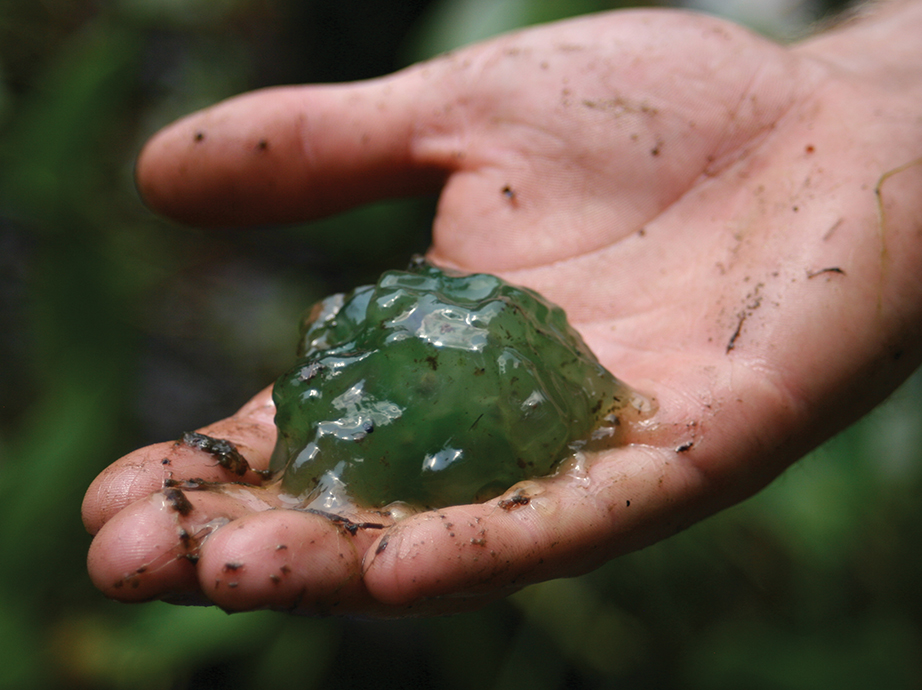
I have been enjoying frogs since my childhood, when my brother and I would go down to the creek to see what we could discover. I was fortunate enough to grow up during the heyday of the Muppet Show and Sesame Street, which furthered my fascination with frogs. “Kermit the Frog here!”
There is something about frogs that is mysterious and magical. Perhaps it’s their reclusiveness, with their ability to be everywhere and nowhere at the same time. Or maybe it’s their spectacular life cycle. Here you have an animal that can live in and out of water. Their offspring start off as eggs and quickly develop tails. At this stage, they’re still considered tadpoles and live off their guts until they form tiny teeth, turning food into oxygenated particles.
Once they develop legs and arms, they begin digesting insects and larger plant material. After they shed their tails and develops lungs, the transformation is complete and the process starts all over again.
Toads
Toads are actually frogs, but they fall into a category of “true toads,” which are members of the family Bufonidae. Frogs and toads are both part of the order Anura, which takes its name from two Greek words that together mean “without a tail.”
Toads are characterized by their stubby shape and short hind legs. The skin of toads tends to be warty and dry with prominent ridges (cranial crests) between and in back of their eyes. There is also an elongated, raised glandular area behind the eyes, which is called the parotoid gland. Toads are often brownish and grayish in color with vivid, jewel-like eyes.
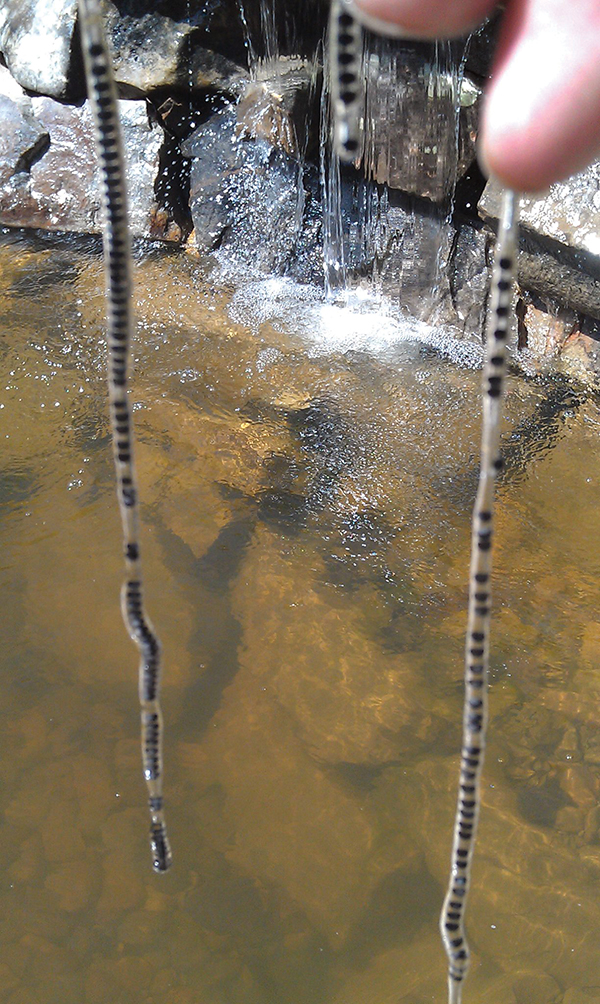
While these physical distinctions between toads and frogs can help to identify them, the differences can get hazy sometimes because features may appear mixed or less obvious. Additional confusion stems from the fact that certain species can fall into both categories.
What They Eat
A toad’s primary diet consists of insects, grubs, worms, slugs and other invertebrates that most other amphibians eat. As tadpoles they will consume plant material. Toads are excellent at pest control around gardens and ponds when it comes to insects. Their tongues are hinged at the front of their mouths, which allows them to snatch up their prey.
Where They Live
Toads tend to live in drier places than frogs, as their lungs are better developed for breathing air and their skin doesn’t dry out as easily. On land, toads tend to walk rather than leap. They can live farther from water sources than frogs can. Optimal nesting locations are in burrows and trees and under leaves during the day, as they are mostly nocturnal.
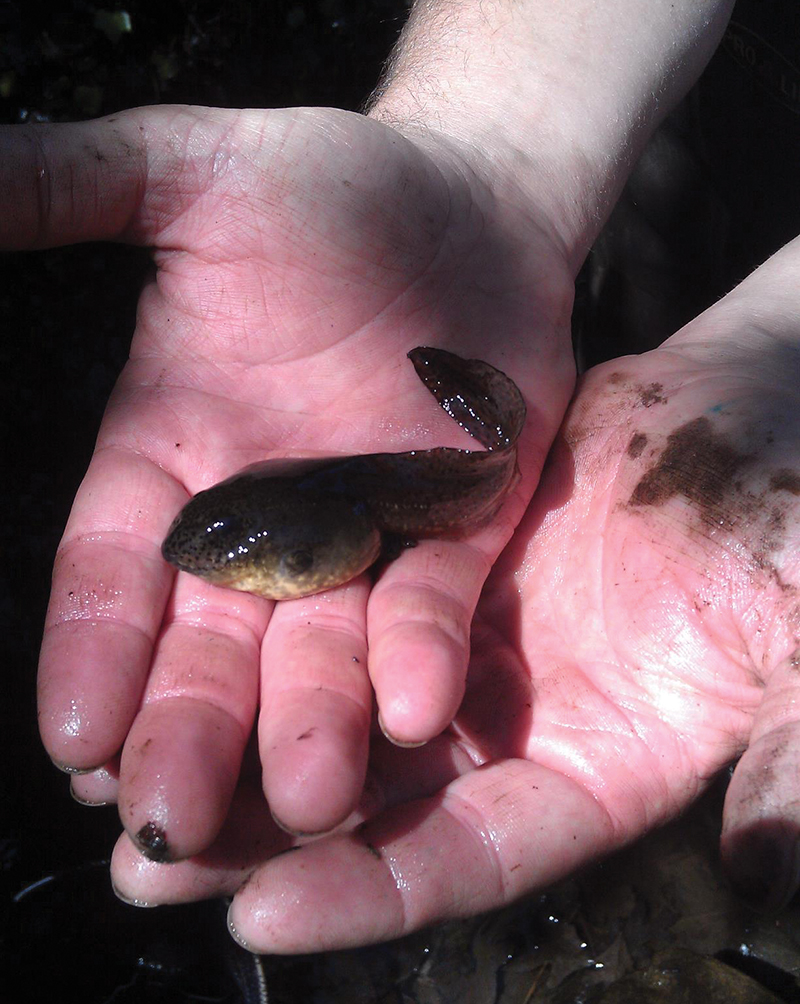
Frogs
True frogs have long, powerful hind legs. Their waists are relatively narrow and they tend to have very large mouths. Unlike toads, true frogs mostly have smooth skin and ridges that run along the sides of the back, which are called dorsolateral ridges.
What They Eat
The appetite of true frogs is similar to that of toads. They consume insects, grubs, worms, slugs and other invertebrates. However, it’s also not uncommon for true frogs to eat fish, other frogs, mice, birds and even an occasional reptile. One of the characteristics that separate true frogs from toads is that they have teeth (although Kermit the Frog, interestingly enough, does not).
Where They Live
Most true frogs tend to find water or moist environments the most inviting places to call home. True frogs’ preferred habitats are bogs, streams, ponds and steep ravines. They are not limited to these locations, however, as they have been found in other environments as well. From what little knowledge I have about frogs, I am not aware of any hybridized breeding of these amphibians. I wish frogs would have received as much attention over the past 100-plus years as koi have. Could you imagine a Kohaku Leopard Frog or a Tancho Green Frog? Or how about a Sanke Bullfrog? If this type of breeding existed, I think I would get fewer calls for frog removals; indeed, a whole new market for frog sales would open up!
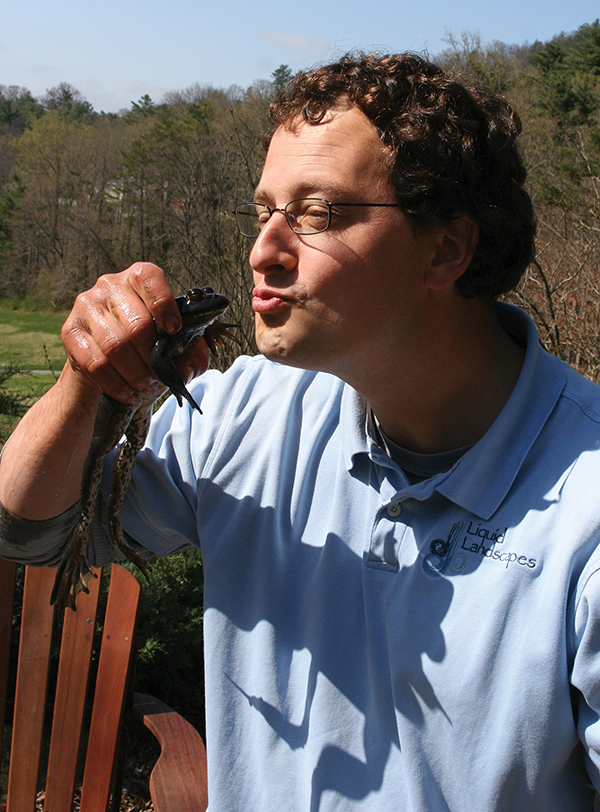
While they haven’t received the glory and respect that koi enjoy, frogs and toads can still be intriguing and appealing additions to your water feature. So the next time you see mysterious eggs popping up in your pond, get excited: the singing and hopping of amphibians are not far behind!

